Porsche 944 1983 1989 Haynes Service Repair Manual
Porsche 944 Service and Repair Manual 1983 - 1989 HaynesGet Other Porsche Repair Manuals click hereNEW softcover 218 pagesPorsche 944 1983 - 1989 Haynes Owners Service & Repair Manual covers:
|
The Porsche 944 really is a sports car built by Porsche from 1982 to 1991. I thought this was built for a passing fancy platform due to the fact 924, although 924 production continued through 1988. The 944 was intended to last in the late 1990s, but major revisions planned for getting a 944 S3 model were eventually rolled straight into the 968 instead, which replaced the 944. The 944 must have been a successful model and was available as both a coupe and cabriolet in naturally aspirated and turbocharged forms.The Porsche 924 had originally been a project of VW-Porsche a joint Porsche/Volkswagen company created to build up and produce the 914 that led to sold in Europe as both a Porsche along with a Volkswagen. In 1972 a replacement for a particular Volkswagen version of the 914, code named EA-425 began development. The model would be to be sold as being a possible Audi included in the VW-Audi-Porsche marketing arrangement. Although testing had begun early in the year of 1974 Volkswagen decided I would cancel this eating routine due to their expense of production together with the feeling the fact that recently released Volkswagen Scirocco would fill the sports coupe sufficiently. When Porsche was considering introducing his or her own water-cooled front engine 2+2 coupe to replace the 912E and their model of 914 and Volkswagen's cancellation provided an opportunity. Porsche purchased the design and finished development. A pick-up truck drove and handled exceptionally well and received positive reviews, but was criticized for any of the Audi-sourced 2-litre engine; Porsche introduced a Turbocharged 924 to include in performance, even though the price was considered beyond their budget for a particular time, which hampered sales. In lieu of scrap the design, Porsche decided they would develop the 924, as that they had with generations of the 911; although model numbers would change, the 924 would provide the basis because of its replacement.
Porsche re-worked the platform and abandoned the Audi engine, installing in its place a new all-alloy 2.5-litre straight-4 engine, bore 100 mm (3.9 in), stroke 78.9 mm (3.1 in), that had been, in essence, 50 % of the 928's 5.0-litre V8, although very few parts were actually interchangeable. Not a natural choice to find a luxury sports car, a four-cylinder engine was chosen for fuel efficiency and size, since the device needed to be fitted from below on the Neckarsulm production line. To overcome the unbalanced secondary forces that make other four-cylinder engines feel harsh, Porsche included two counterrotating balance shafts running at twice engine speed. Invented in 1904 by British engineer Frederick Lanchester, and further developed and patented in 1975 by Mitsubishi Motors, balance shafts carry eccentric weights which produce inertial forces that balance out the unbalanced secondary forces, coming up with a four-cylinder engine feel as smooth just like a six-cylinder. The engine was factory-rated at 150 hp (112 kW; 152 PS) in its U.S. configuration. Revised bodywork with wider wheel arches, like the 924 Carrera GT, a fresh interior and upgrades path of the braking and suspension systems rounded out The most important changes. Porsche introduced the 944 for MY 1982 to great anticipation. Also being slightly faster (despite having a poorer drag co-efficient in contrast to 924), the 944 was better equipped and much more refined than the 924, it had better handling and stopping power and was more comfortable drive an automobile. The factory-claimed 0-60 mph time of not as much as 9 seconds (8.3 seconds as stated by "Porsche the most effective Guide" By Scott Faragher) was actually rather modest. The factory-claimed top speed of 130 mph (210 km/h) have also been pessimistic, Autocar having verified a top speed of 137 mph (220 km/h). The motor car had nearly even front to rear weight distribution (50.7% front/49.3% rear) thanks to the rear transaxle balancing out the engine in a very front. This gave it very balanced, predictable handling in conjunction with the limits of adhesion.
In mid-1985 the 944 underwent its first significant changes. These included : a new dash and door panels, embedded radio antenna, upgraded alternator (from 90 amp to 115 amp), increased oil sump capacity, new front and rear cast alloy control arms and semi-trailing arms, larger fuel tank, optional heated and powered seats, Porsche HiFi sound system, and revisions in to the mounting associated with the transaxle get rid of noise and vibration. The "cookie cutter" style wheels used from inside the early 944s were upgraded to new "phone dial" style wheels. (Fuchs wheels remained an option.) 1985 model year cars incorporating these changes are sometimes termed "1985B", "85.5" or "1985½" cars.
For those who are 1987 model year, the 944 was updated to incorporate anti-lock braking and air bags for increased safety. A result of Advance Breaking System system, the wheel offset changed and Fuchs wheels were you can forget an option.
At the begining of 1989 ahead of the release belonging to the 944S2, Porsche upgraded the 944 with all the 2.5-liter engine to find a 2.7-liter engine, bore 104 mm (4.1 in), stroke 78.9 mm (3.1 in), which includes a rated 162 hp (121 kW) (versus 158 hp (118 kW) to make the 1988 2.5-liter engine) and a significant increase in torque. Aside from the increasing amount of displacement, as an alternative to motor featured a siamesed-cylinder block design and also a different cylinder head which incorporated larger valves.
For any of the 1986 model year Porsche introduced the 944 Turbo, known internally just like the 951 (952 for right-hand drive models). This had a turbocharged and intercooled version of the standard car's engine that produced 220 hp (164 kW) (217 hp (162 kW) on the inside US) at 6000 rpm. The turbo was the world's first car by using a ceramic portliner to retain exhaust gas temperature. The Turbo also featured several other changes, for example , new and further enhanced aerodynamics, a strengthened gearbox that has a different final drive ratio, standard external oil coolers for both the engine and transmission, standard 16 inch wheels (optional forged Fuchs wheels), in addition to a slightly stiffer suspension to handle the Weight. Major engine component revisions, more than thirty in all of, were made to the 951 to make up for increased internal loads and heat.
Few changes occurred for the 1987 model year. They included the deletion of the transmission oil cooler, a change in suspension control arms so that they can reduce the car's scrub radius, and then for the very first time ever offered in a production car, standard dual airbags. The engine remained constant M44/51 powerplant that is to say the 1986 model. In 1988, Porsche introduced the Turbo S option package (SE contained in the UK). The 944 Turbo S had a much more powerful engine (designation number M44/52) with 250 hp (186 kW) and 250 lb·ft (340 N·m) torque (standard 944 Turbo 217 hp (162 kW) and 243 lb·ft (329 N·m)). This higher output was achieved simply using a larger #8 turbine housing and revised engine mapping which allowed for rather a lot more boost at high rpms than the standard Turbo. In June 1988, Car and Driver tested the 944 Turbo S and achieved a 0-60 mph time of 5.5 seconds along with a quarter-mile time of 13.9 seconds at 101 mph (163 km/h). Top speed was factory with a rating of 162 mph (261 km/h).
The 944 Turbo S's suspension was the then state-of-the-art "M030" option including things like Koni adjustable shocks front and back, with ride height adjusting threaded collars out in the front struts, progressive rate springs, larger rear torsion bars, harder durometer suspension bushings throughout, larger 26.8 mm (1.1 in) anti-roll bars at the cab end, and chassis stiffening brackets right in front frame rails. The air conditioning dryer lines are routed differently to clear the front frame brace on the driver's side. The 944 Turbo S wheels, termed as a Club Sport design, were 16-inch forged and flat-dished, the same as the Design 90 wheel. Wheel widths were 7 inches (178 mm) belonging to the front, and 9 inches (229 mm) while in the rear; sizes of the Z-rated tires were 225/50 right in front and 245/45 belonging to the rear. The front and rear fender edges were rolled to accommodate the larger wheels. The manual transmission (case code designation: AOR) belonging to the 944 Turbo S brought back the external cooler, at the same time featured a limited slip differential who has a 40% lockup setting. The Turbo S front brakes were borrowed away from the Porsche 928 S4, with larger 4-piston fixed calipers and discs; rear brakes remained constant as a standard Turbo. ABS also came standard.
The 944 Turbo S interior featured full power seats for both driver and passenger, where the a lot of the factory-built Turbo S models sported a "Burgundy plaid" (Silver Rose edition) but other interior/exterior colors were available. A 10-speaker sound system and equalizer + amp would have been a common option. In 1989 the 'S' designation was dropped by means of 944 Turbo S, and all sorts of 944 Turbos featured the 'S' package as standard.
Porsche 944 Service and Repair Manual 1983 - 1989 Haynes 1984 1985 1986 1987 1988

 0 Items (Empty)
0 Items (Empty)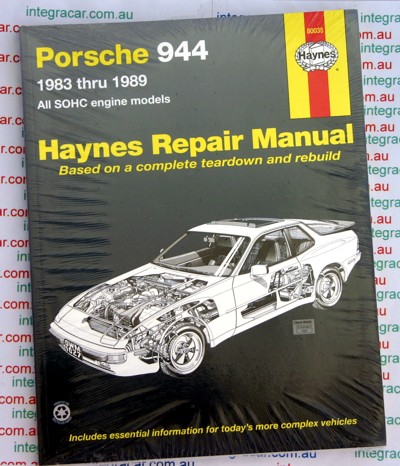


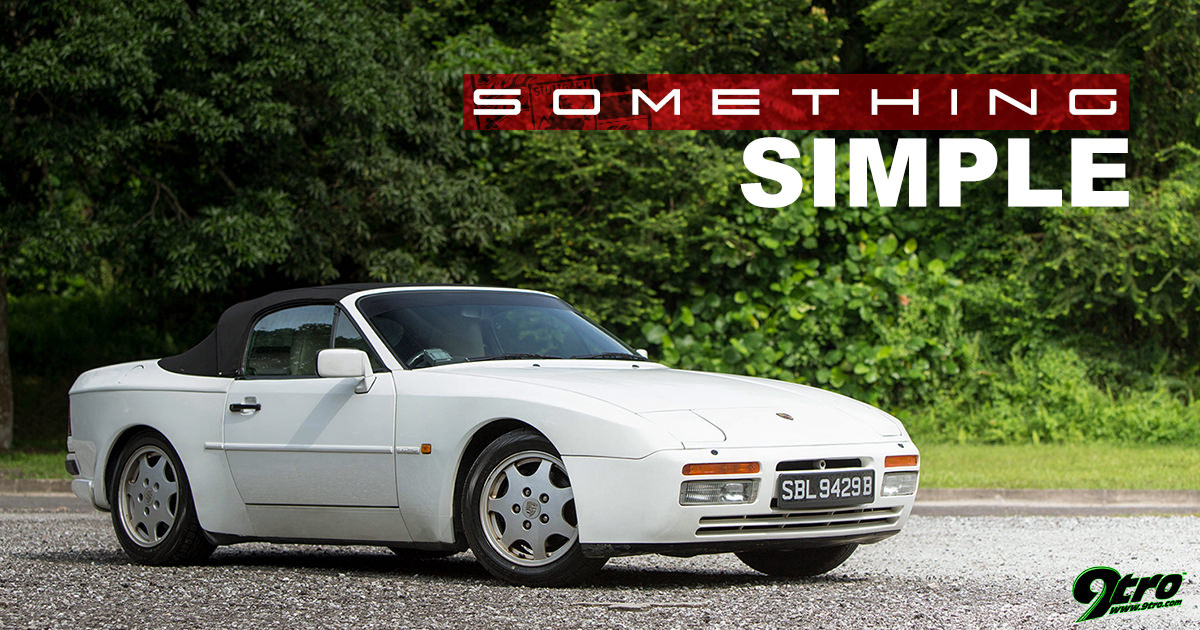
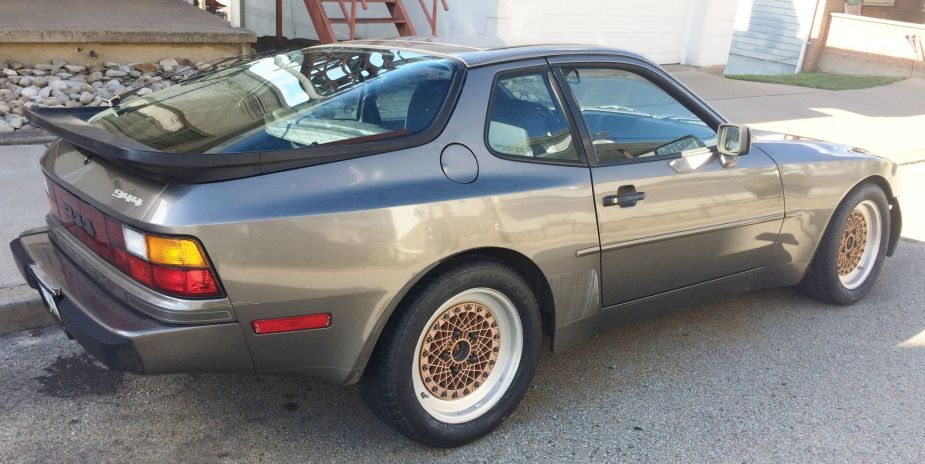
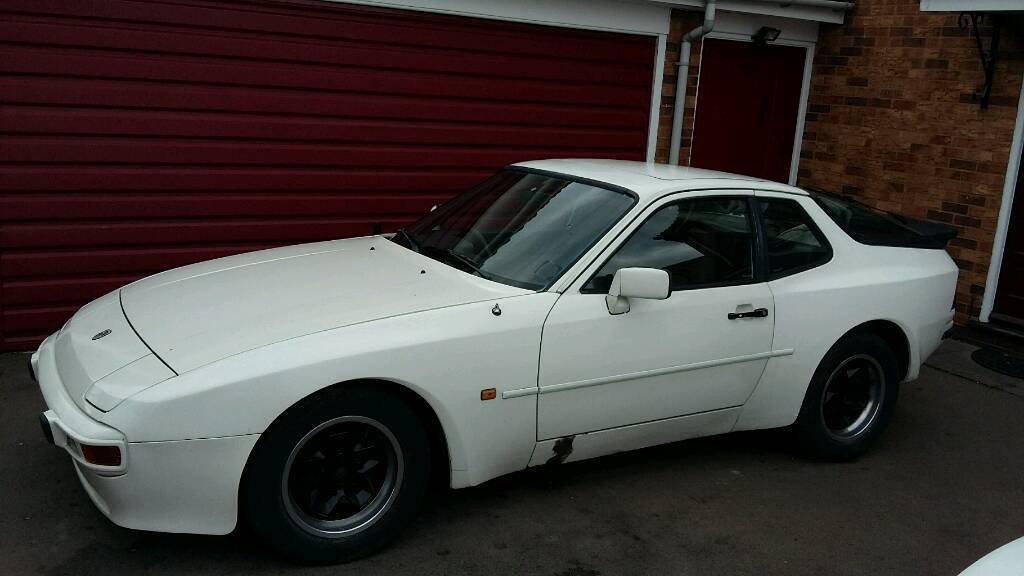
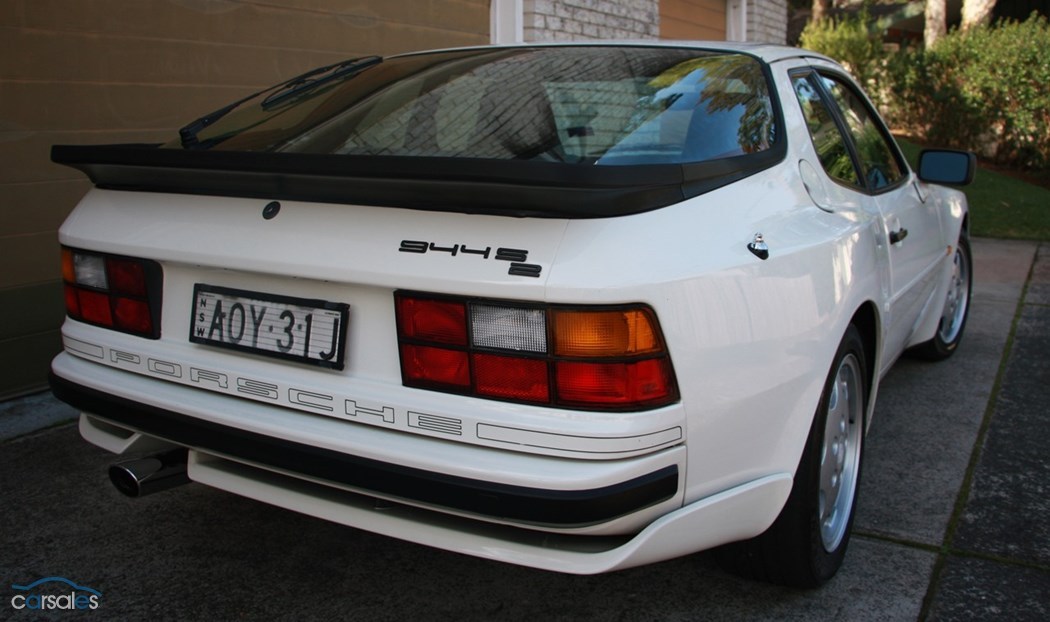
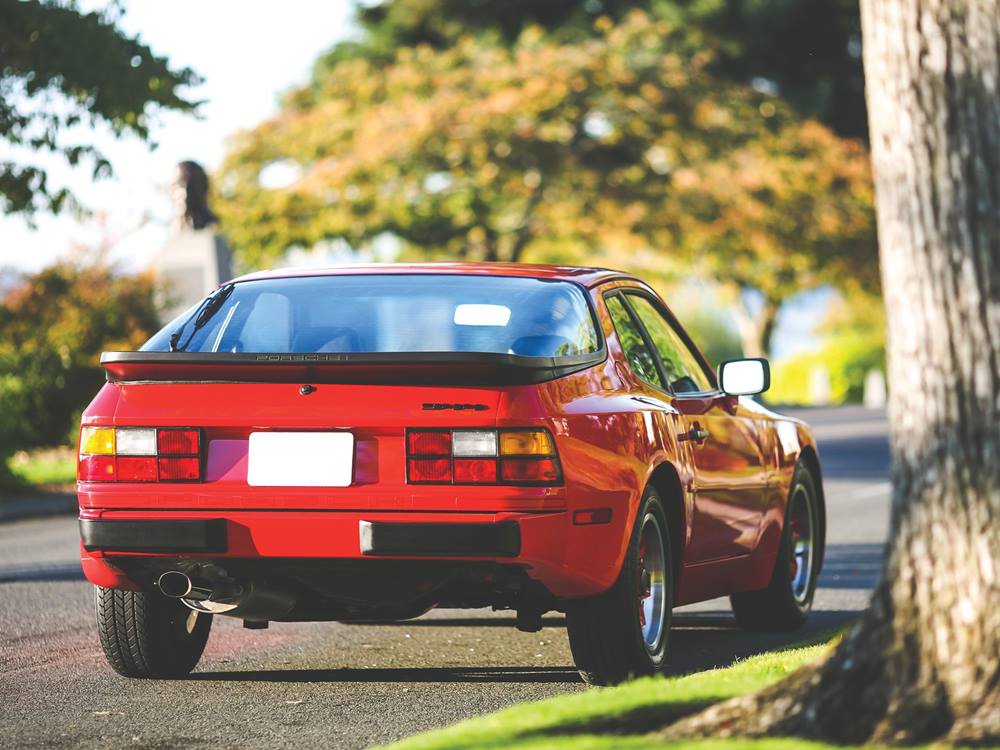 >
>